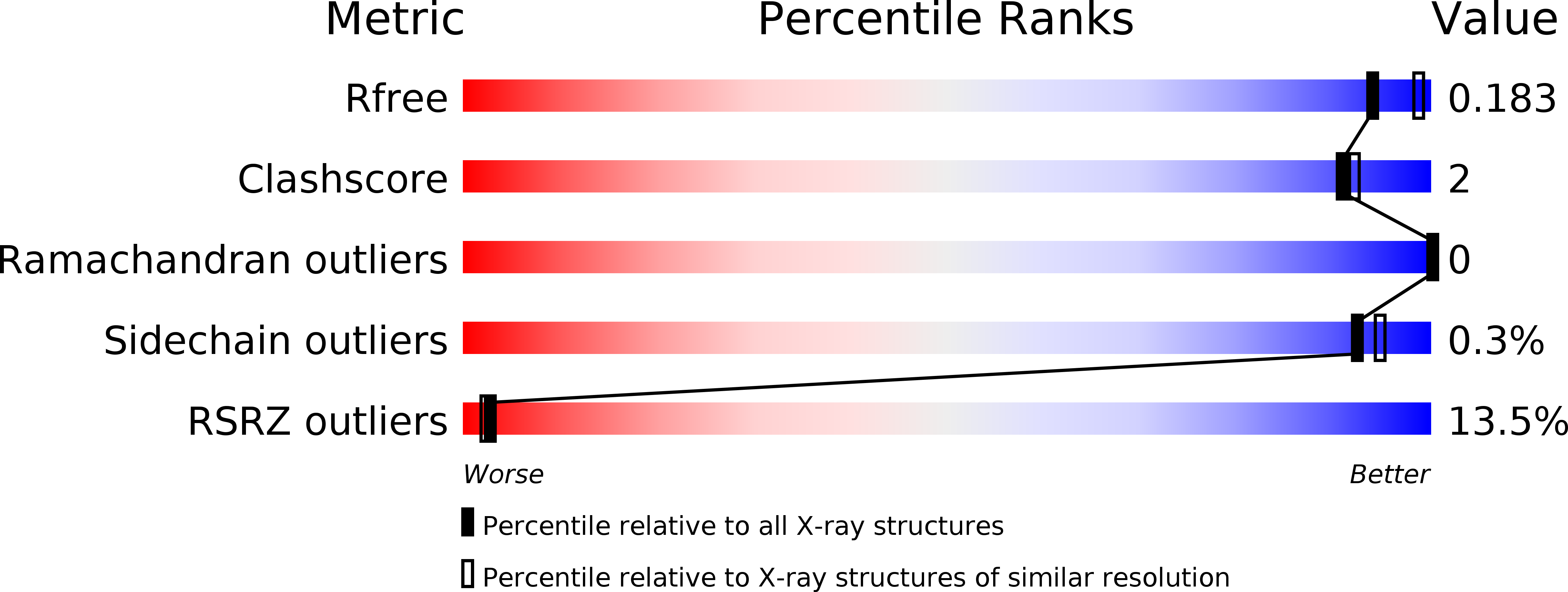
Deposition Date
2020-05-06
Release Date
2020-05-13
Last Version Date
2023-10-18
Entry Detail
PDB ID:
6WVN
Keywords:
Title:
Crystal Structure of Nsp16-Nsp10 from SARS-CoV-2 in Complex with 7-methyl-GpppA and S-Adenosylmethionine.
Biological Source:
Source Organism:
Host Organism:
Method Details:
Experimental Method:
Resolution:
2.00 Å
R-Value Free:
0.17
R-Value Work:
0.16
R-Value Observed:
0.16
Space Group:
P 31 2 1


